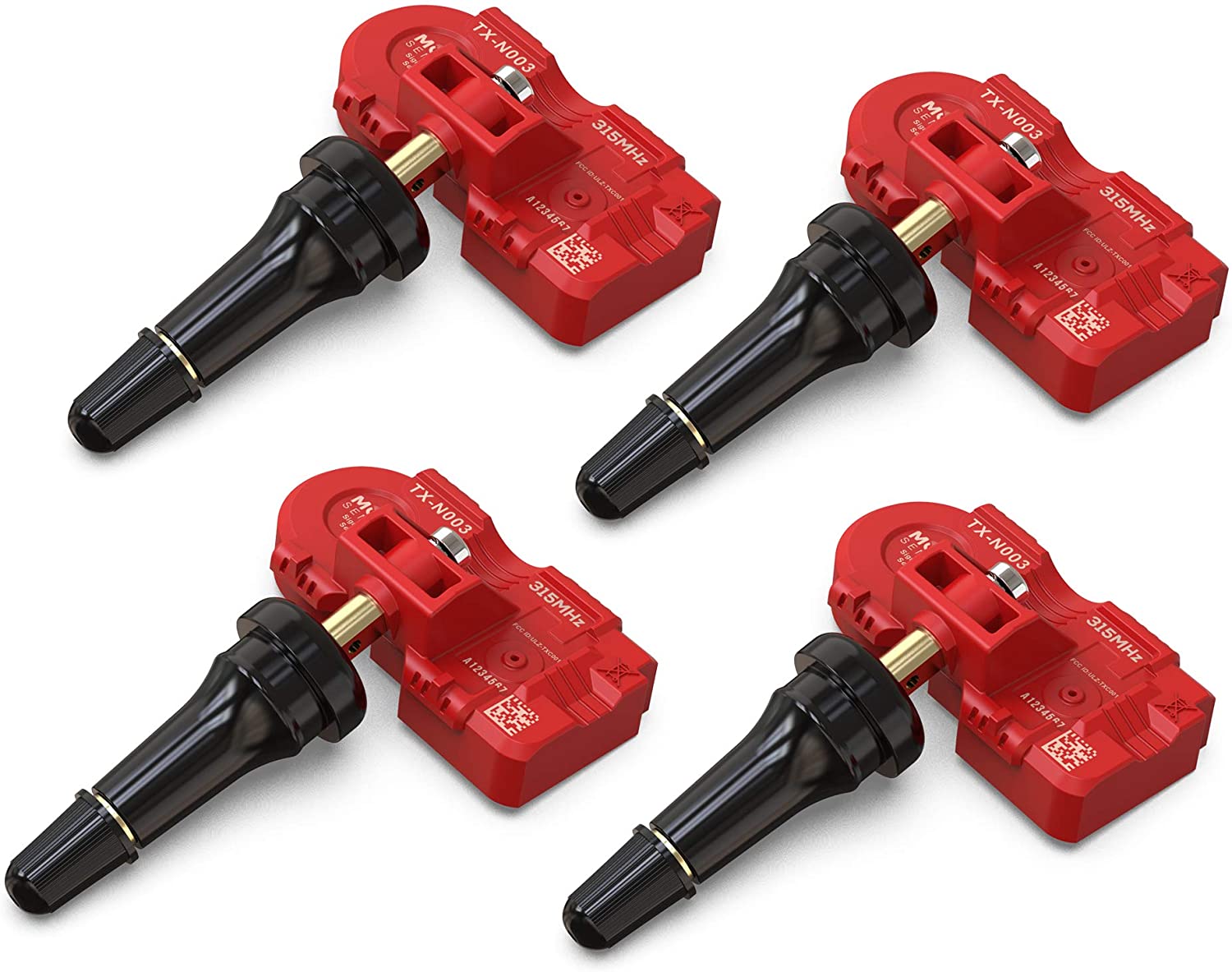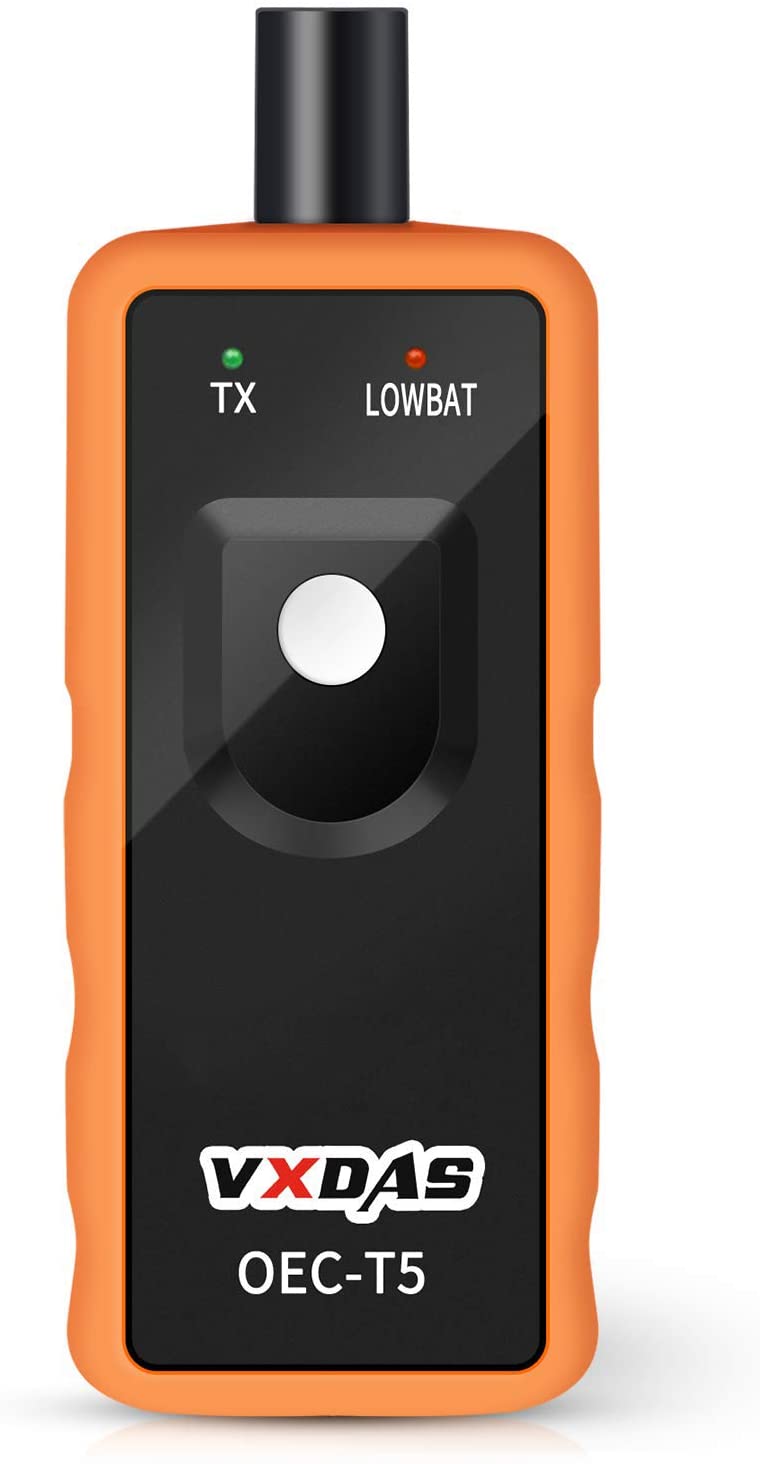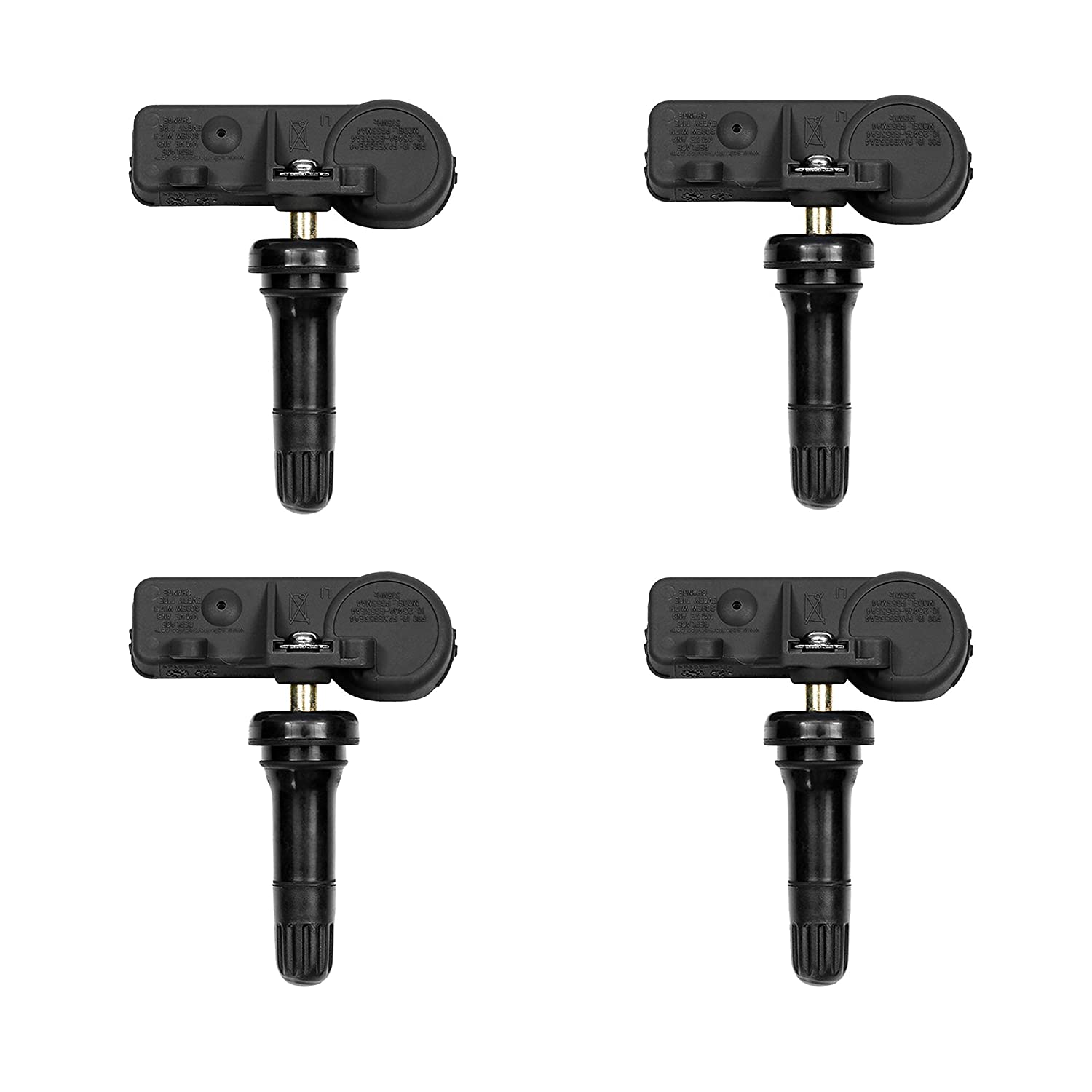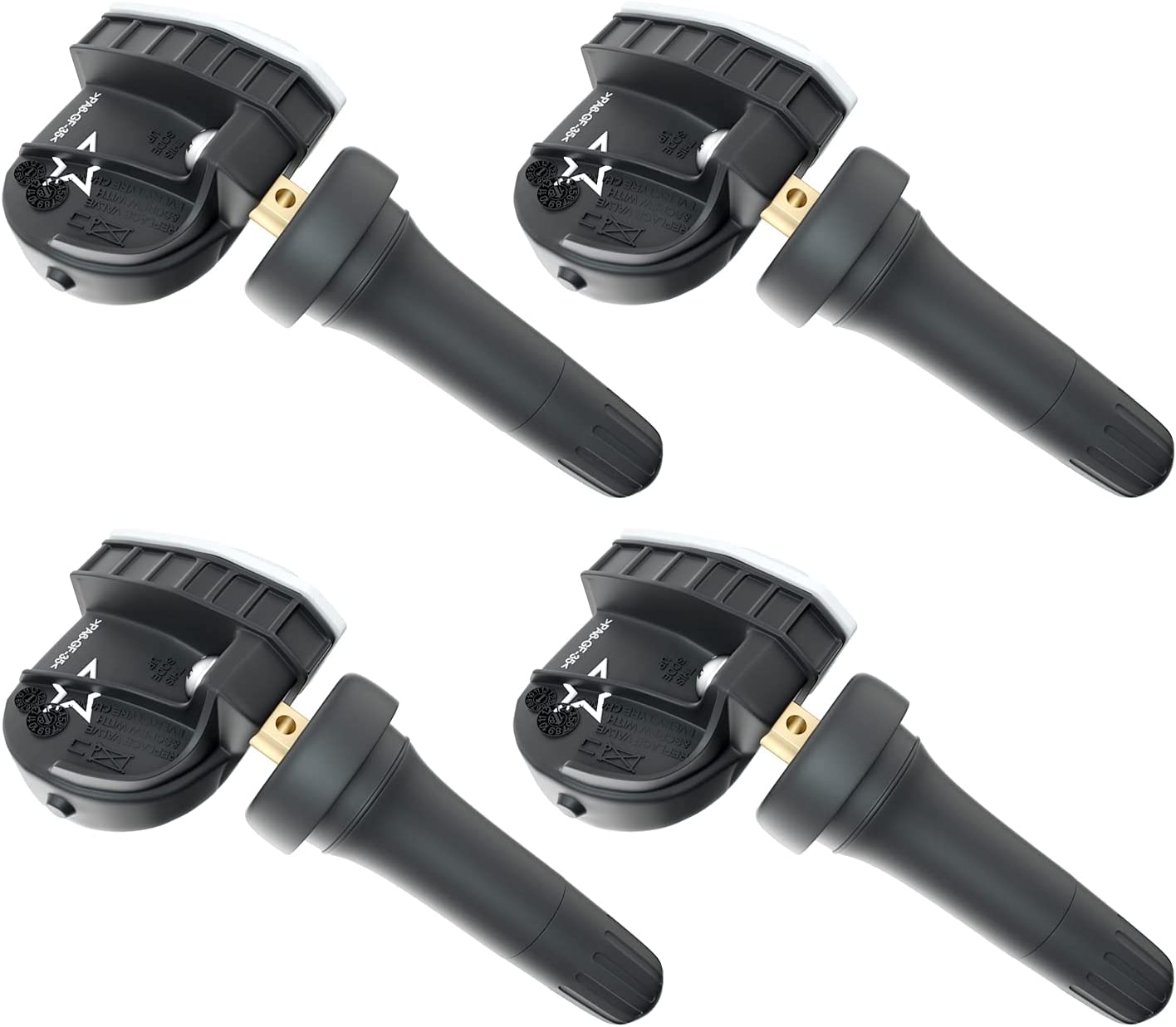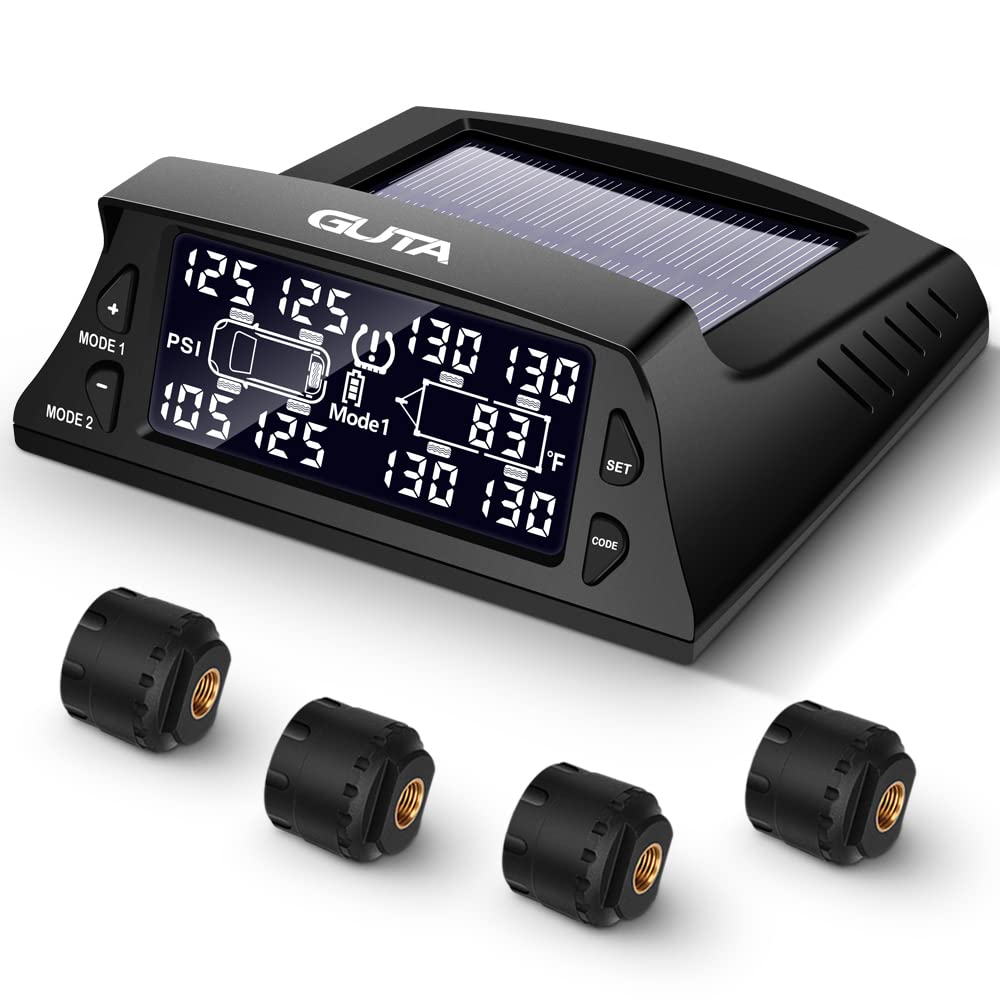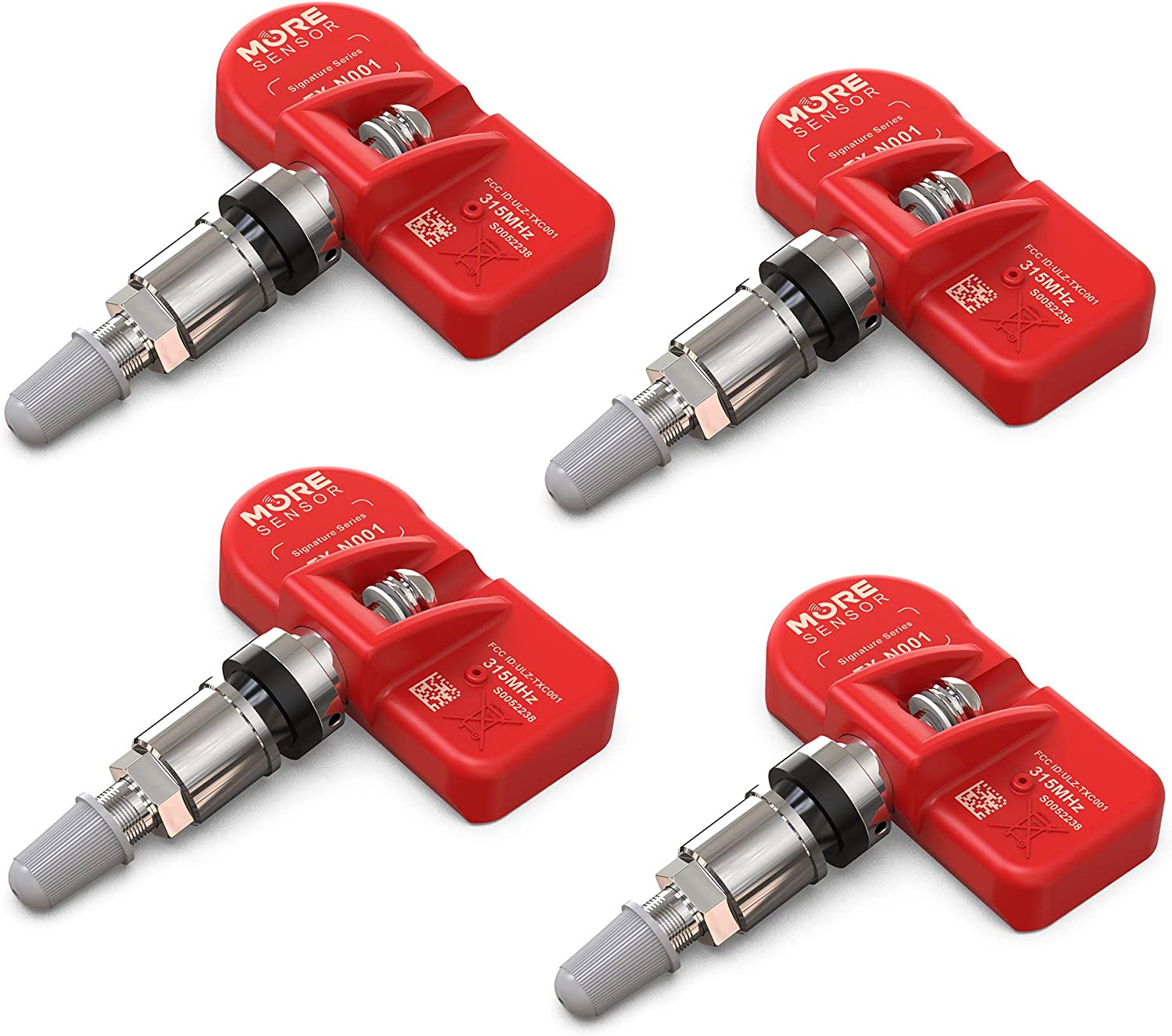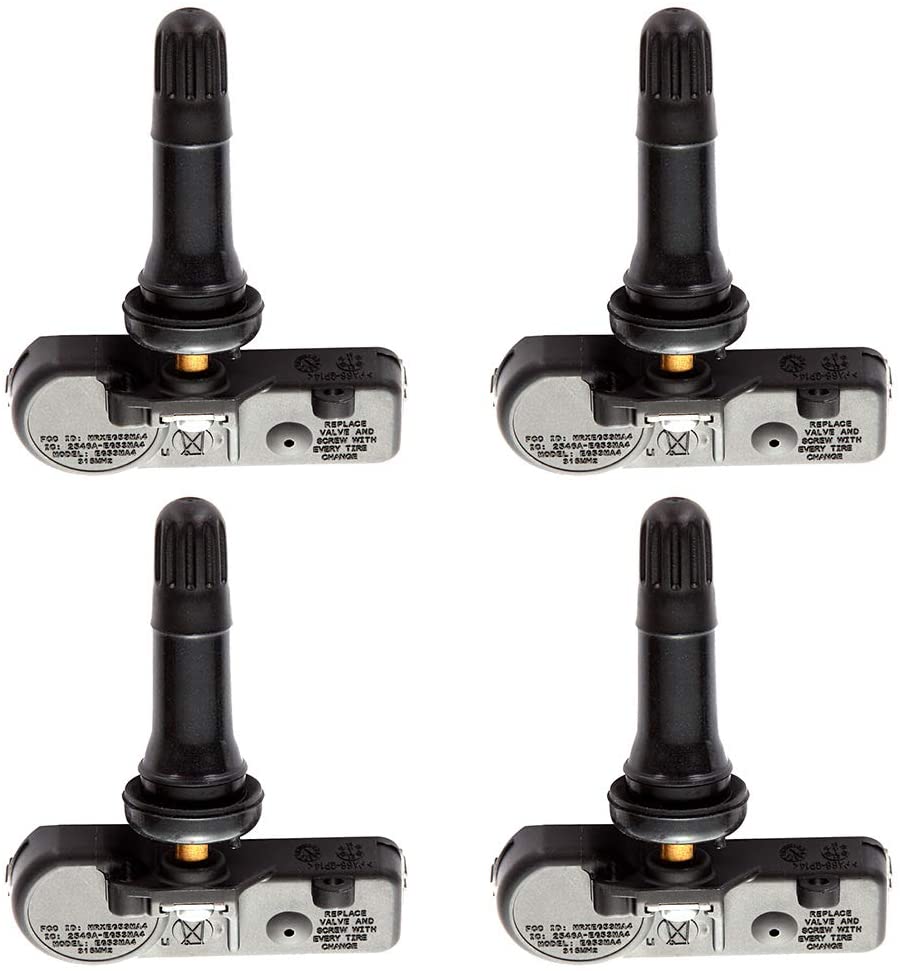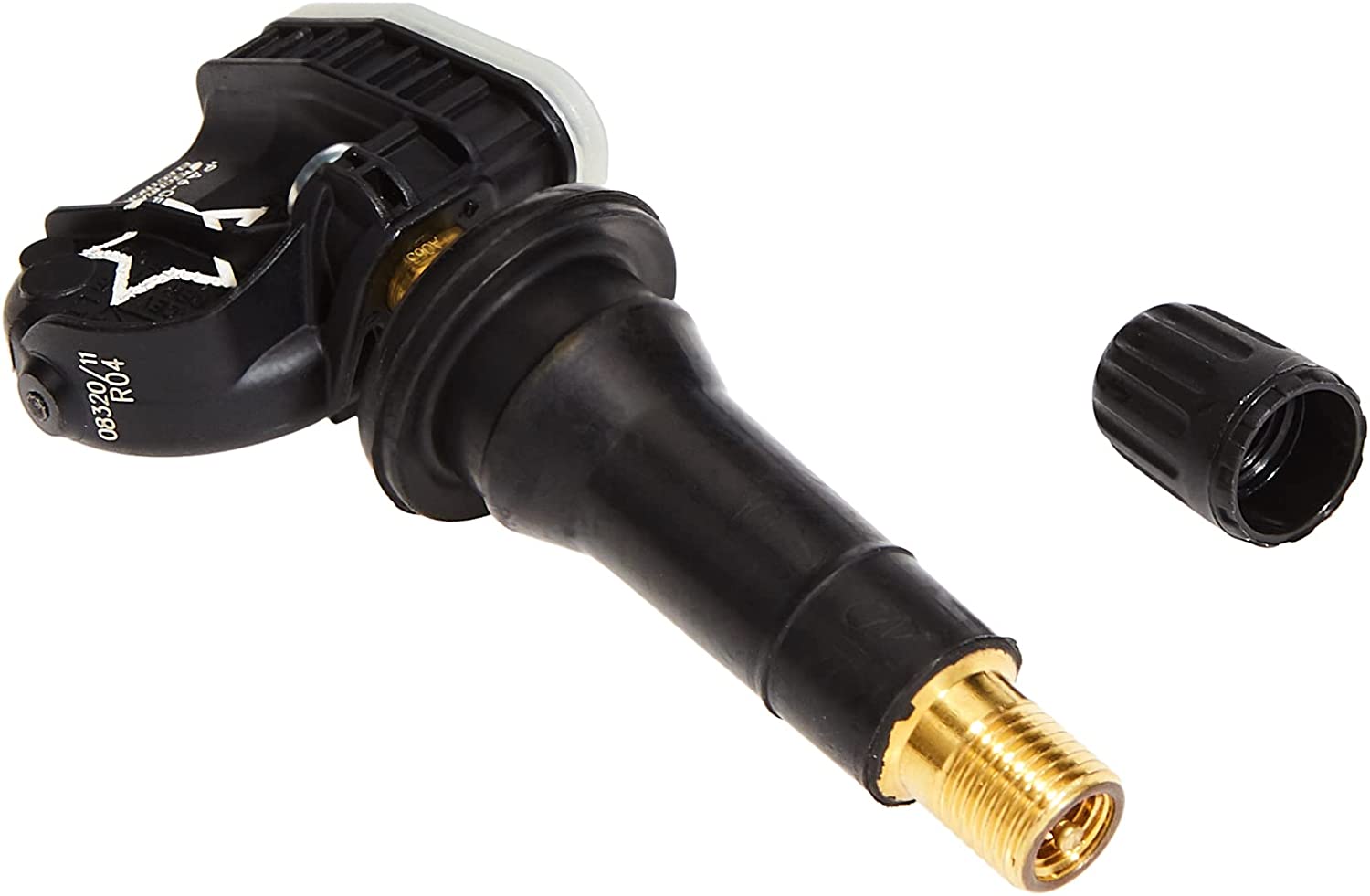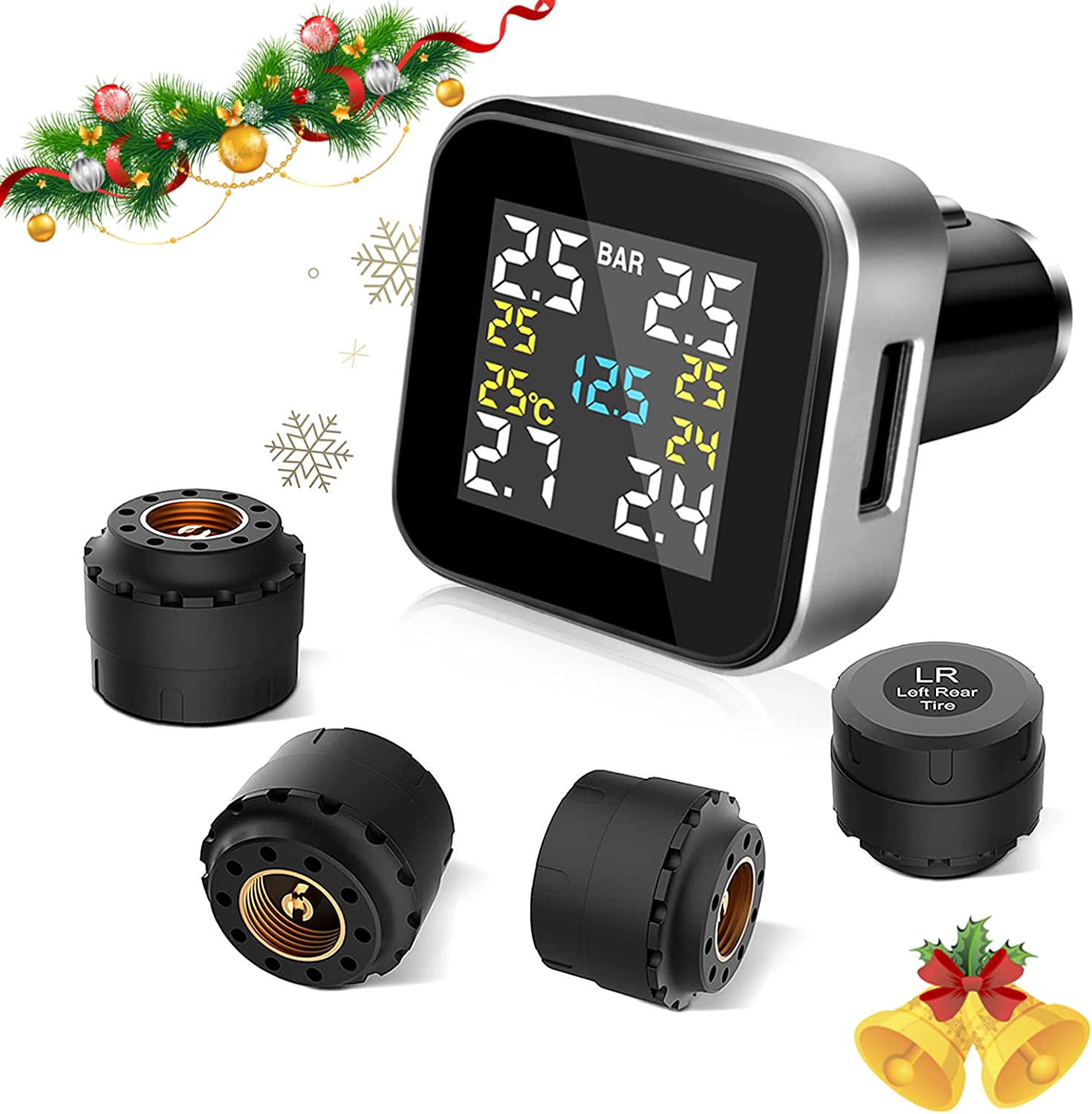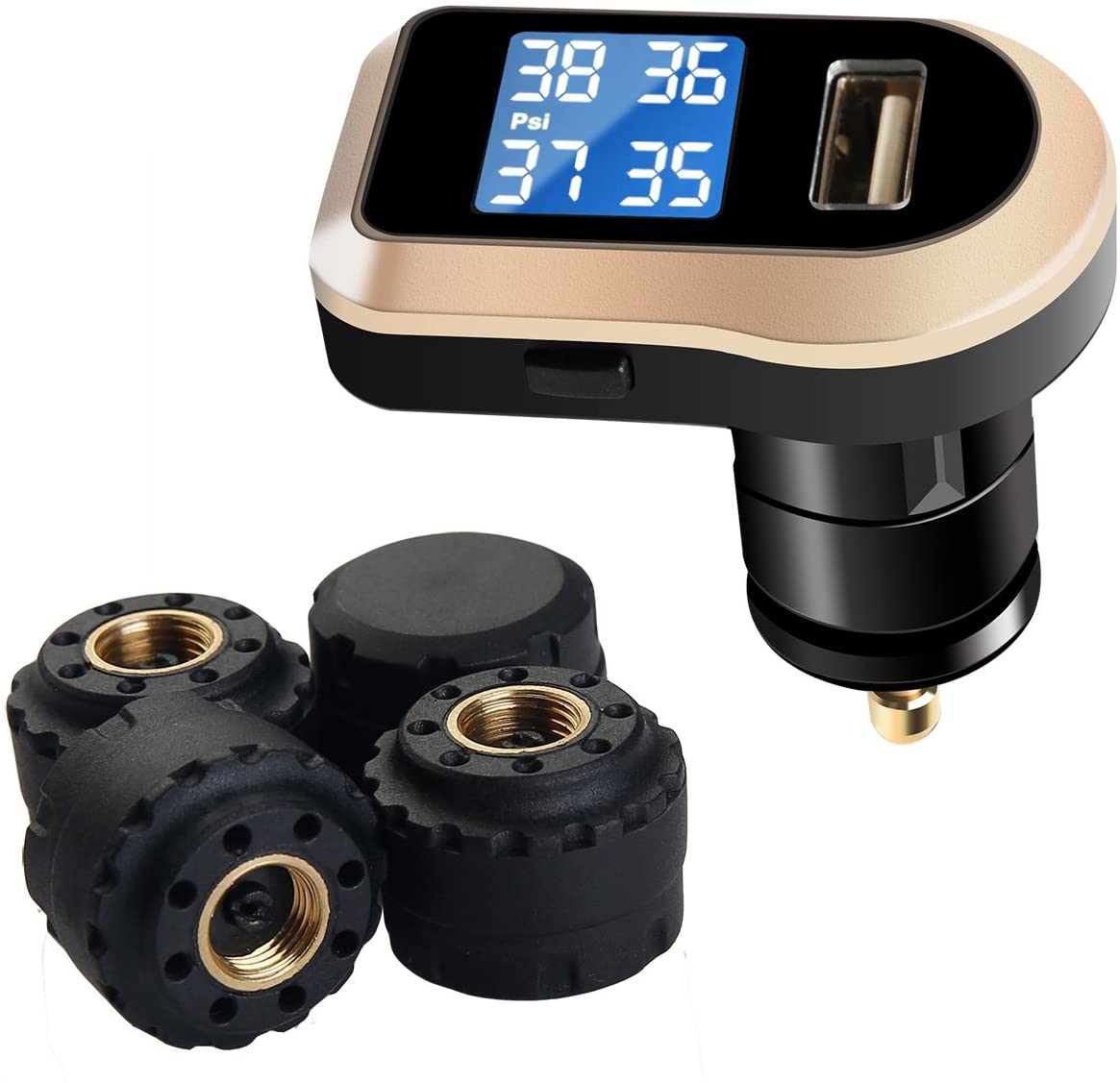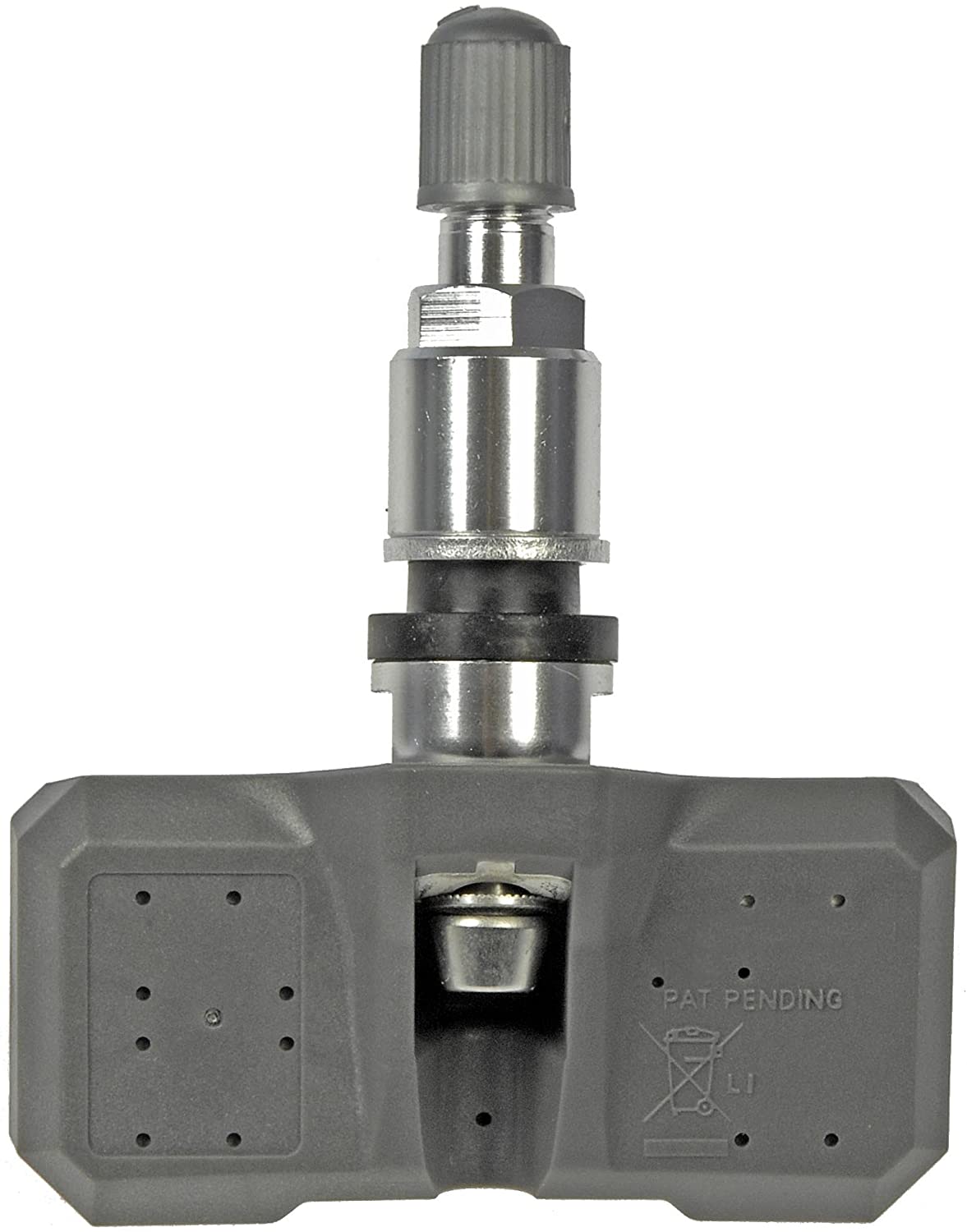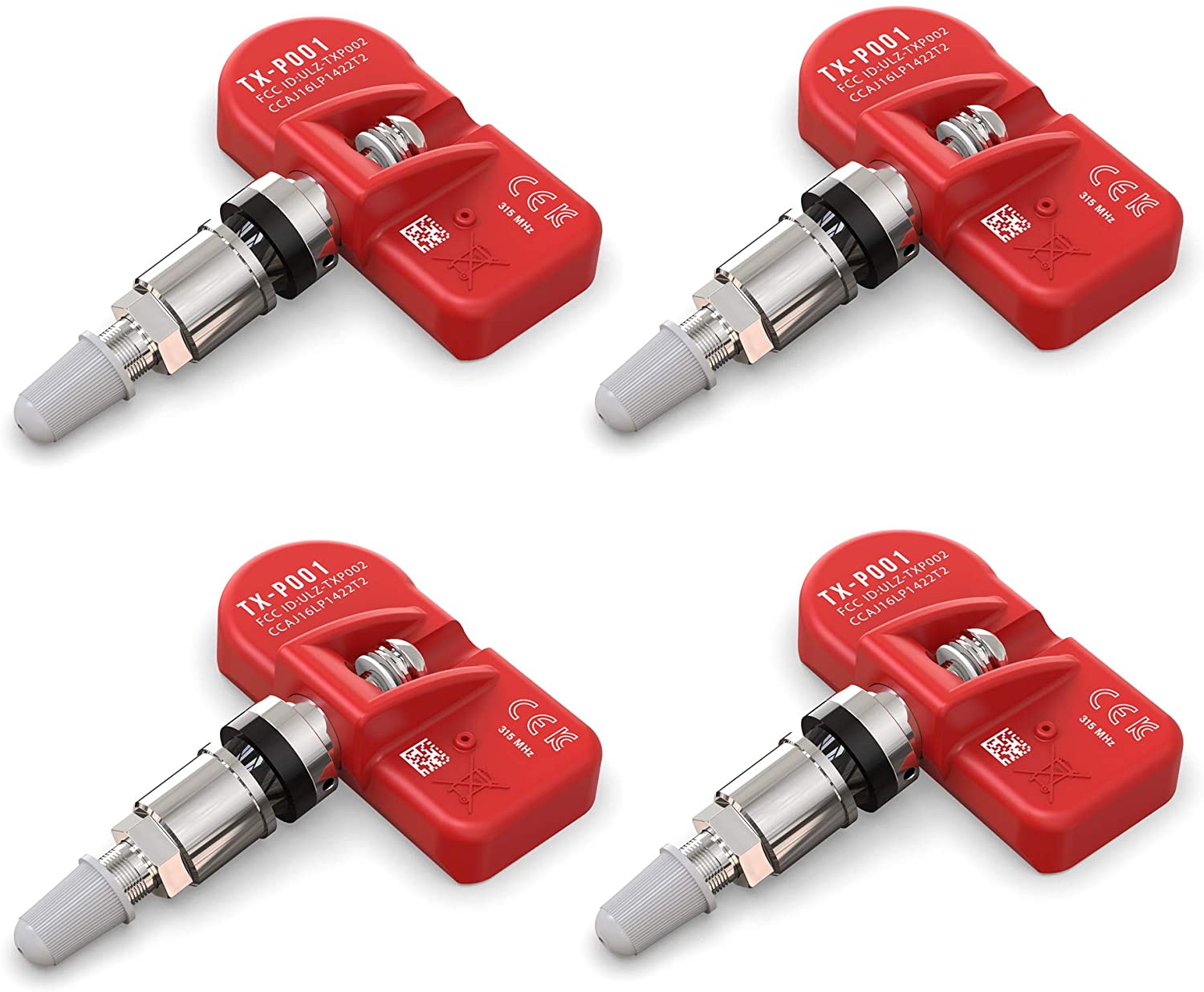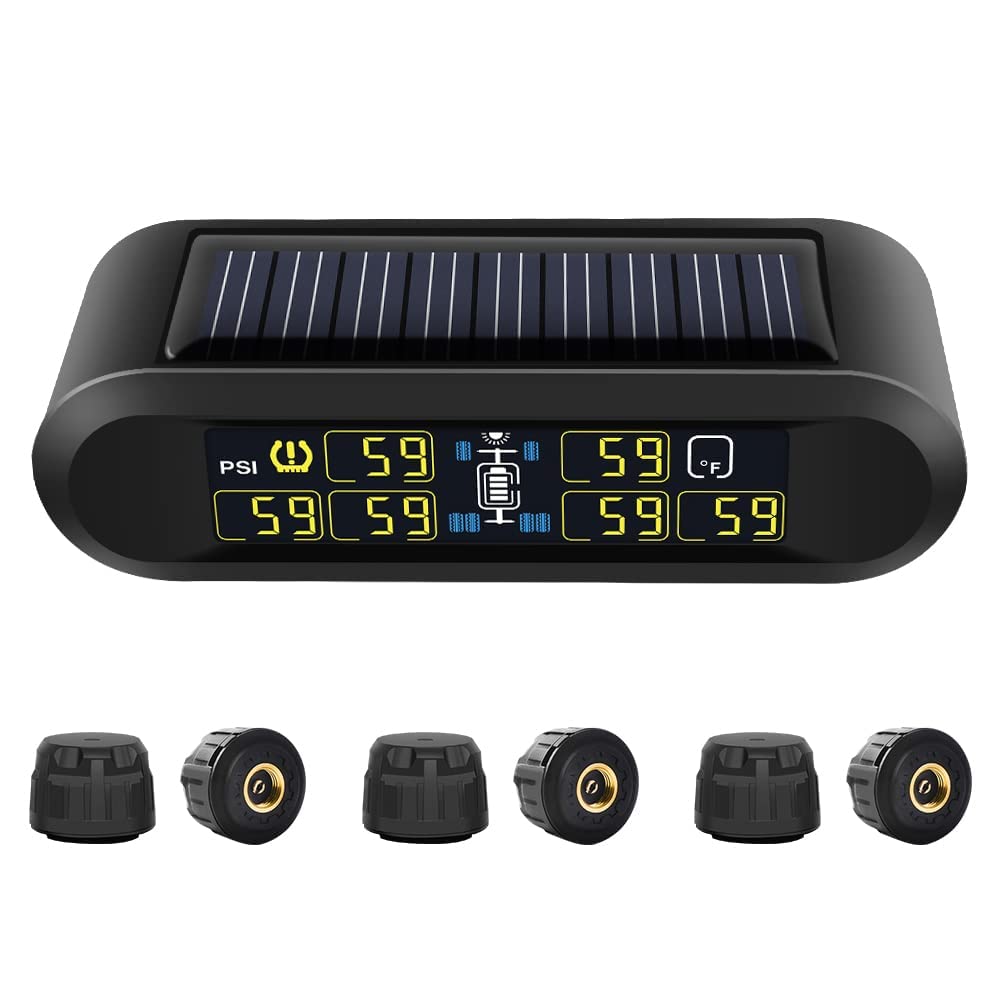MOBILETRON 315MHz Machine Made Tire Pressure Sensor, 4-Pack
Last updated: June 1, 2023
Although this tire pressure sensor is preprogrammed, it can be re-programmed or modified if necessary. The sensor is industrial-grade, so you can count on it being extremely durable. It's also made with an all-weather rubber stem to prevent rust and corrosion.
We looked at the top Tire Pressure Sensors and dug through the reviews from some of the most popular review sites. Through this analysis, we've determined the best Tire Pressure Sensor you should buy.
Product Details
Key Takeaway: This tire pressure sensor is designed to last up to eight years before needing a replacement.
In our analysis of 39 expert reviews, the MOBILETRON 315MHz Machine Made Tire Pressure Sensor, 4-Pack placed 7th when we looked at the top 13 products in the category. For the full ranking, see below.From The Manufacturer
Relearn Ready: Our preprogrammed tire sensor comes ready to be paired to compatible vehicle, please use Amazon Part Finder to verify the fitment. What is Relearn: All new sensors are required relearn procedure to pair with vehicle, please refer to your owner’s manual for standard relearn instruction. Reprogrammable: Our preprogrammed sensor can be re-programmed or modify by ATEQ VT56 & Mobiletron PT46/47. Excellent Quality: The average lifespan (battery life) of our sensor is 5-8 years, as well as all the other electronic and mechincal components. You are COVERED: MOREsensor Singature Series comes with 3 Year limited warranty, please consult us for more information.
